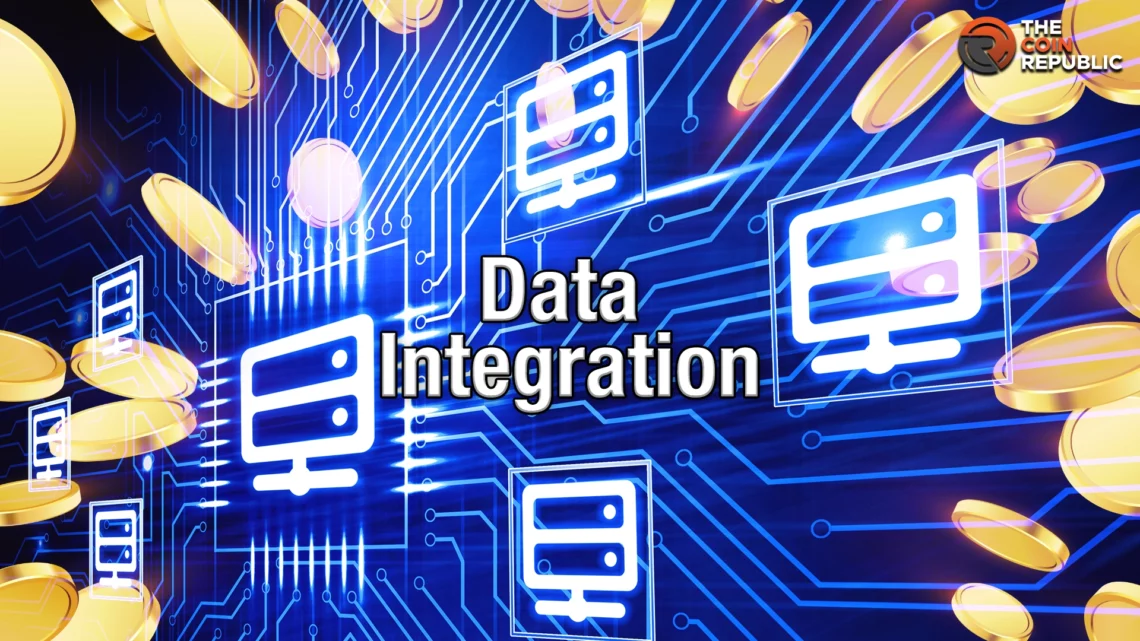Researchers from the blockchain Oracle platform Chainlink believe asset managers have a “sizable” opportunity to jump into tokenization which essentially is digitalization of financial assets.
Chainlink Lab’s director said that strengthening tokens with real-world data could decipher better applications than traditional finance.
What Is Tokenization?
In the blockchain ecosystem, tokens allow information transfer, storage, and verification efficiently and securely. These tokens are programmed in such a way that their use cases increase. Security tokens, utility tokens, and cryptocurrency impact liquidity, improving transparency and transaction efficiency.
When an asset is tokenized, the tokens act like digital certificates of ownership representing the value of the asset including physical, digital, fungible, or non-fungible assets. These assets are stored in a blockchain. This enables owners in maintaining custody over their assets.
If this use case’s long-term promise is alluring, the adoption rate becomes fast.
How Does Asset Tokenization Work?
The four main categories of crypto tokens are :
– Security token: These tokens serve as a digital representation of an underlying asset or utility. These are programmed with unique characteristics and ownership rights. Security tokens represent a particular investment, like a company share or any voting right in an organization.
–Tokenized securities: These tokens exist to open up the market accessibility or liquidity of the tokenized security. However, these tokens do not add programmed characteristics like Security tokens.
– Utility tokens: Utility tokens represent access to a given product or service on a specific blockchain. These tokens power the blockchain, furnish decentralized markets, pay transaction fees, or grant holders the right to vote on new developments in their DAO( Decentralized autonomous organization).
– Currency token: These tokens are designed for buying and selling purposes, i.e., to be traded and spent. Some tokens are based on the underlying assets, while others are not. Tokens not based on underlying assets are directly linked to their distribution mechanism and underlying blockchain network.
In an industry report titled Beyond Token Issuance, blockchain oracle platform Chainlink explained the opportunities and interoperability of real-world data that could unlock the value of tokenized assets.
Industries and markets that could benefit from tokenization. Source: Chainlink
The report laid down the potential benefits of tokenization for asset managers. This includes unlocking dormant capital, giving assets greater availability, and creating novel revenue models.
This report provides asset managers with critical industry insights into:
- The tokenized asset landscape
- The risks of tokenized assets
- Chainlink is a key infrastructure and a risk filter for tokenized assets.
Eliezer Ndinga, VP, head of strategy and BD, digital assets, 21Shares, quoted that Tokenization would offer significant opportunities to asset managers. However, the technology has been historically restricted due to the need for high-quality infrastructure to integrate it with traditional capital markets.
He also admired Chainlink for setting a new standard for bringing utility, transparency, and security to tokenized assets.
Apart from the report, Chainlink said that asset managers could also create unified client portfolios. They can differentiate their service offerings and improve risk management as tokenization for more automated risk assessment.
Chainlink highlighted merging traditional and blockchain-based assets into a single financial ecosystem. This is likely due to continuous digitization, as blockchain offers a superior infrastructure for asset storage and transactions.
In an interview, Ryan Lovell, Chainlink’s lab director, explained that institutions were bringing simple account balances on-chain. By doing so, they were trying to figure out the potential impact of tokenization on their businesses at a basic level.
However, the executives believe that enhancing tokens with real-world data and making them interoperable across blockchain and traditional systems could unlock more robust applications.
Lovell gave future sights to developments and told institutions to go beyond token issuance and transact across the cross-chain economy.

Amanda Shinoy is one of the few women in the space invested knee-deep in crypto. An advocate for increasing the presence of women in crypto, she is known for her accurate technical analysis and price prediction of cryptocurrencies. Readers are often waiting for her opinion about the next rally. She is a finance expert with an MBA in finance. Quitting a corporate job at a leading financial institution, she now engages herself full-time into financial education for the general public.


 Home
Home News
News









